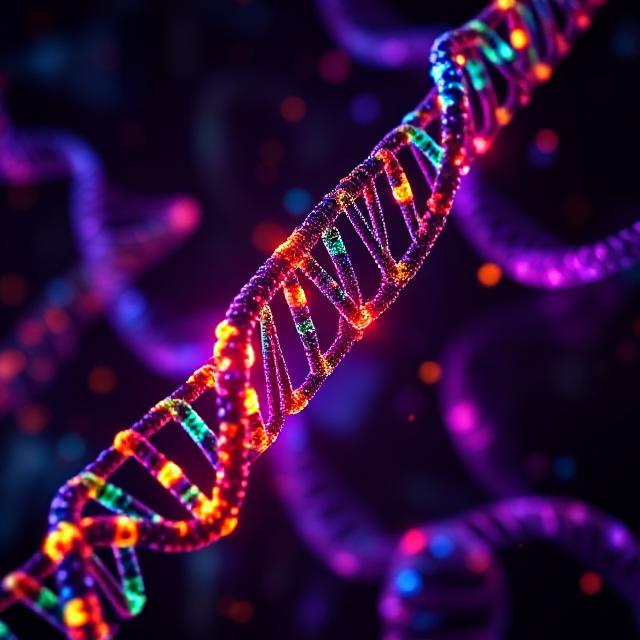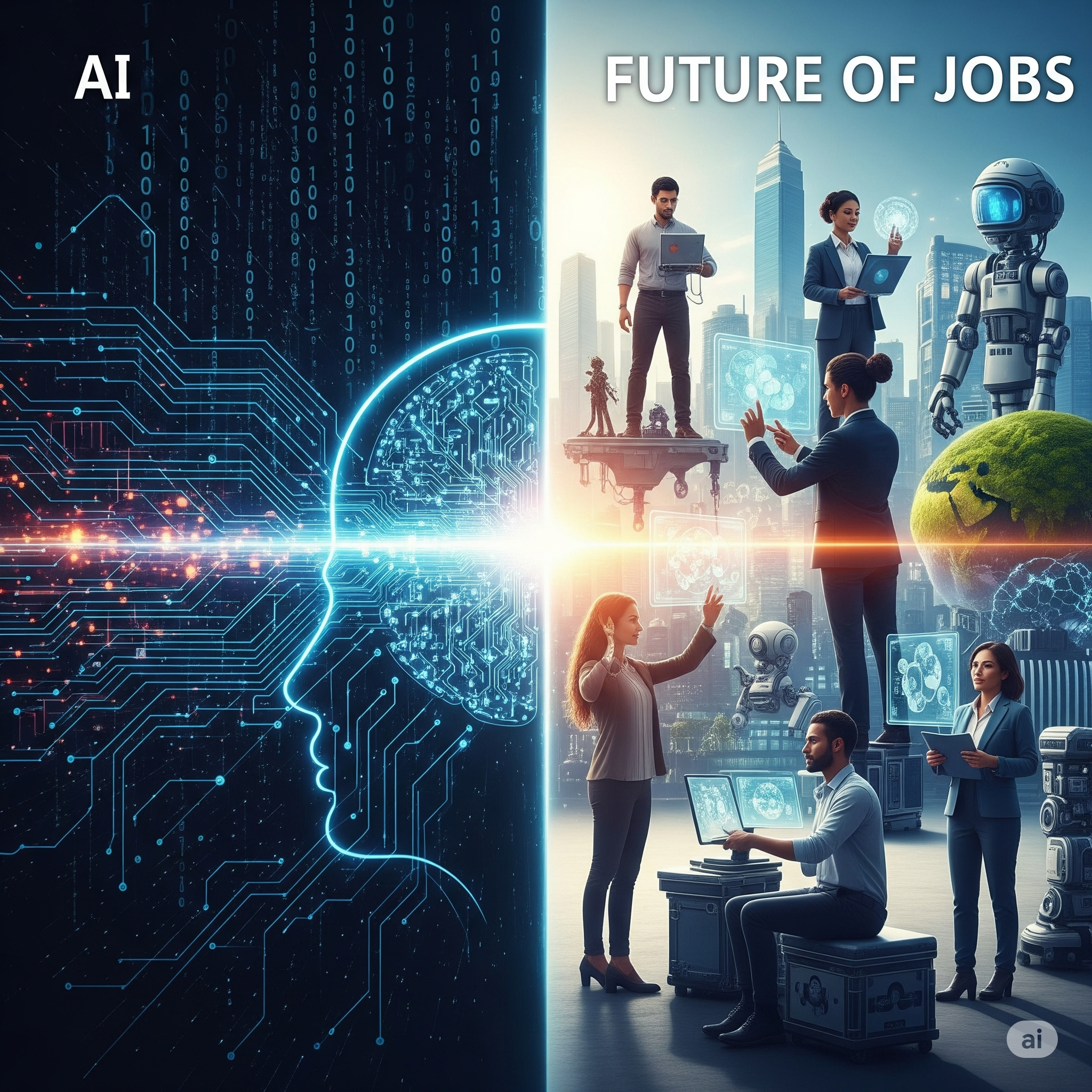Introduction
In today’s digital age, the exponential growth of data has created an urgent need for new storage solutions. From social media to scientific research, human activities generate vast amounts of data every day. Traditional storage media—such as hard drives, magnetic tapes, and optical discs—are reaching their physical and practical limitations. As these technologies struggle to keep up with the demand, researchers have turned to biology for inspiration. One of the most groundbreaking innovations in this area is DNA-based data storage. This cutting-edge technology utilizes deoxyribonucleic acid (DNA), the molecule that stores genetic information in living organisms, as a medium for encoding digital data.
Understanding DNA as a Storage Medium
DNA is a double-helix molecule composed of four chemical bases: adenine (A), thymine (T), cytosine (C), and guanine (G). The sequence of these bases forms the genetic code that dictates the functions of all living organisms. DNA’s ability to store massive amounts of information in an extremely compact and stable form makes it an ideal candidate for digital data storage.
The basic idea behind DNA data storage is to encode binary data (0s and 1s) into sequences of the four DNA bases. For example, binary data can be converted using a simple mapping such as:
- 00 = A
- 01 = C
- 10 = G
- 11 = T
Once the digital data is converted into DNA sequences, they are synthesized in the lab to create physical strands of DNA. Later, when the data needs to be retrieved, the DNA is sequenced (read), and the base sequences are converted back into binary code to reconstruct the original digital file.
History and Milestones
The concept of storing data in DNA has been discussed since the 1960s, but practical implementations only began in the 21st century. Key milestones include:
- 2012: George Church and his team at Harvard University encoded a 53,000-word book into DNA, demonstrating DNA’s data-carrying capacity.
- 2013: Scientists from the European Bioinformatics Institute stored 739 KB of data, including audio and text files.
- 2017: Researchers from Columbia University and the New York Genome Center achieved a data density of 215 petabytes per gram of DNA.
- 2021–2023: Advances in DNA synthesis and error-correction methods significantly improved efficiency and reduced cost.
These milestones show how DNA data storage has evolved from concept to working prototype, laying the foundation for future commercialization.
The Process of DNA Data Storage
DNA data storage involves three primary steps: encoding, synthesis, and retrieval.
1. Encoding the Data
Digital files are first converted from binary code into a sequence of nucleotides (A, T, C, G). Encoding schemes are carefully designed to avoid repetitive patterns and ensure error correction. Sophisticated algorithms also add redundancy and parity checks.
2. DNA Synthesis
Once encoded, the DNA sequence is chemically synthesized using phosphoramidite synthesis or enzymatic methods. This results in the physical creation of synthetic DNA strands, which are stored in small vials.
3. Data Retrieval
To retrieve the data, DNA is sequenced using next-generation sequencing (NGS) technologies. The nucleotide sequences are read and then decoded back into binary to reconstruct the original data file. Error-correction algorithms help resolve sequencing errors.
Advantages of DNA Data Storage
DNA-based data storage offers several revolutionary benefits:
1. Ultra-High Density
DNA can store an enormous amount of data in a very small space. One gram of DNA can theoretically hold up to 215 petabytes (215 million gigabytes), far surpassing any traditional medium.
2. Long-Term Stability
DNA is incredibly durable. Under the right conditions, it can remain stable for thousands of years. Ancient DNA has been successfully extracted from fossils over 10,000 years old, making it ideal for archival purposes.
3. Sustainability
Unlike hard drives and magnetic tapes, DNA requires no electricity for storage. This reduces environmental impact and makes it a sustainable solution for long-term data preservation.
4. Longevity
Digital data stored on traditional media degrades over decades and often requires frequent migration. DNA, on the other hand, offers potential millennia-long durability, provided it is stored properly.
Applications of DNA Data Storage
DNA data storage has potential across multiple domains:
1. Archival of Cultural and Scientific Heritage
Institutions like museums, libraries, and space agencies can store critical records, artworks, and scientific datasets for long-term preservation.
2. Disaster Recovery and Backup
DNA data storage could serve as a secure, long-term backup for critical data, including government archives and legal documents.
3. Medical Records
Hospitals and healthcare organizations generate enormous data that must be preserved securely. DNA storage offers a compact and long-lasting medium for genomic and health records.
4. Space Missions
The compact size and durability of DNA make it ideal for storing large datasets during long-duration space missions, where traditional media are impractical.
5. Cloud Storage Integration
In the future, DNA storage could work in conjunction with cloud computing systems for ultra-long-term storage tiers, improving scalability and reducing energy usage.
Challenges and Limitations
Despite its promise, DNA-based data storage faces several hurdles:
1. High Cost
Synthesizing and sequencing DNA are expensive processes. As of now, storing just a few megabytes can cost thousands of dollars. However, costs are expected to decline as technology improves.
2. Slow Read/Write Speed
Unlike flash drives or cloud storage, accessing data from DNA is slow. Synthesis and sequencing take hours to days, making it unsuitable for real-time use.
3. Error Rates
Although DNA is stable, errors can occur during synthesis or sequencing. Encoding techniques must compensate with error-correcting codes, which add complexity.
4. Standardization
There is a lack of universal standards for encoding, synthesis, and retrieval, which hinders large-scale deployment and integration with digital systems.
5. Ethical Concerns
While DNA data storage uses synthetic DNA not associated with any organism, concerns remain about biosecurity, misuse, or accidental incorporation into living systems.
Recent Innovations and Research
Recent developments are making DNA storage more practical:
- Enzymatic DNA synthesis: A new method that is faster, more cost-effective, and environmentally friendly than traditional chemical synthesis.
- DNA microchips: Being developed to automate and miniaturize the process of writing and reading DNA.
- Error-correction algorithms: Using AI and machine learning to improve decoding accuracy and speed.
- Hybrid systems: Integration of DNA storage with traditional databases for hybrid archive solutions.

DNA Data Storage vs Traditional Storage
| Feature | DNA Storage | Traditional Storage (HDD, SSD) |
|---|---|---|
| Data Density | Extremely high | Limited |
| Lifespan | Thousands of years | 5–30 years |
| Energy Consumption | Zero (for storage) | Continuous |
| Cost (Current) | Very high | Low to moderate |
| Read/Write Speed | Slow | Fast |
| Portability | Very high | Moderate |
The Future of DNA Data Storage
While it may not replace everyday storage devices soon, DNA data storage is expected to become mainstream for cold storage and archiving in the coming decades. Industry leaders like Microsoft and Twist Bioscience are already investing in commercial DNA storage solutions. As costs fall and technologies improve, data centers, government archives, and research institutions will likely adopt DNA for secure, scalable, and sustainable data archiving.
Moreover, advances in nanotechnology and synthetic biology may enable living storage systems or programmable DNA memory, blending storage and computing in biological forms. This could lead to entirely new paradigms in data science and bioengineering.
Conclusion
DNA-based data storage represents a fusion of biology and digital technology, unlocking new possibilities for information archiving. With its unmatched density, durability, and sustainability, DNA is poised to revolutionize how humanity stores its digital legacy. While technical and economic challenges remain, the future holds promise for widespread adoption of this remarkable technology. As we generate more data than ever before, looking to nature’s own storage solution may be the key to a truly scalable and lasting digital future.
Summary Points
DNA storage is likely to serve as long-term, sustainable cold storage in the future.
DNA data storage encodes digital information into DNA sequences using A, T, C, and G bases.
It offers extremely high density, with the potential to store hundreds of petabytes per gram.
Benefits include long-term durability, energy efficiency, and compactness.
Applications range from archival storage to healthcare and space exploration.
Current challenges include high cost, slow access speed, and technical complexity.
Ongoing research is improving synthesis methods, reducing costs, and integrating AI.




